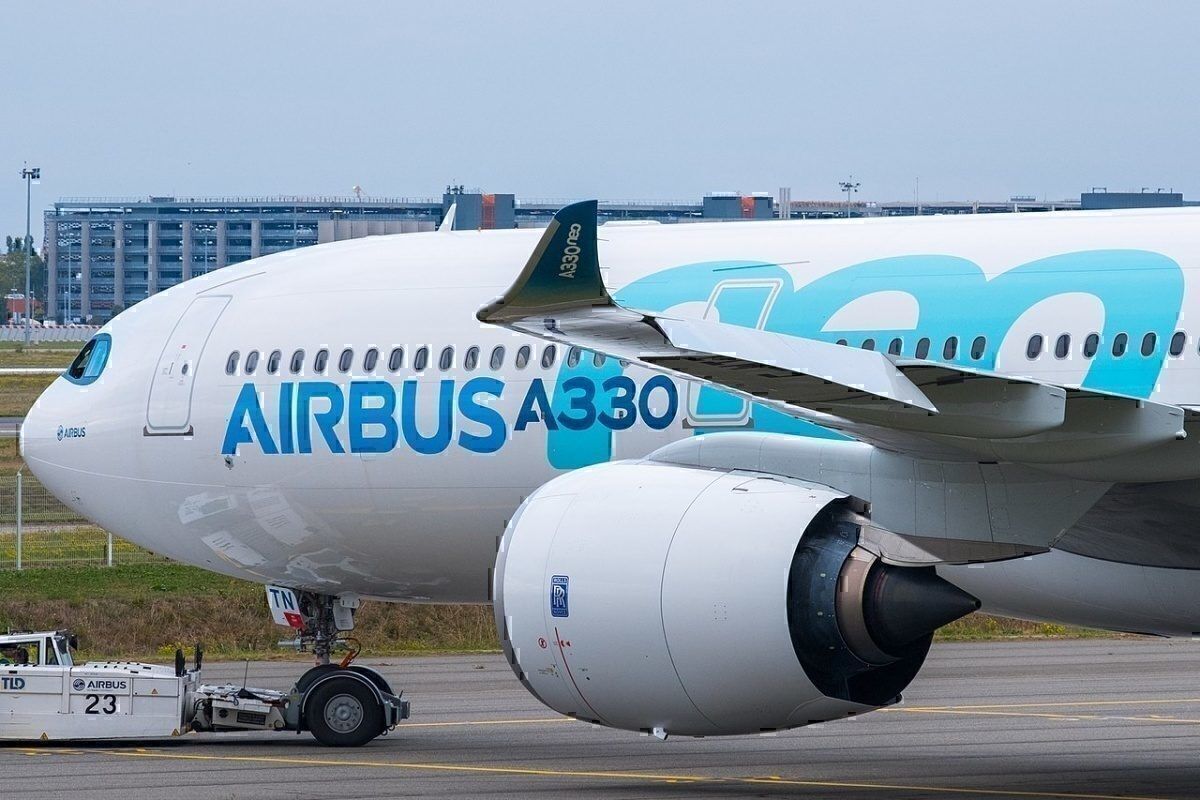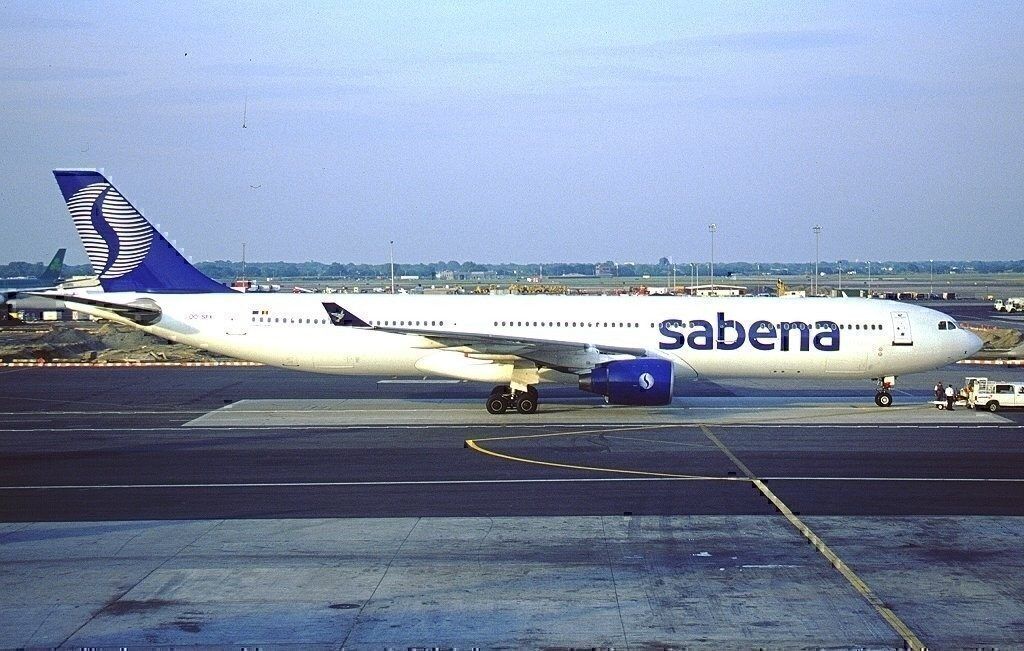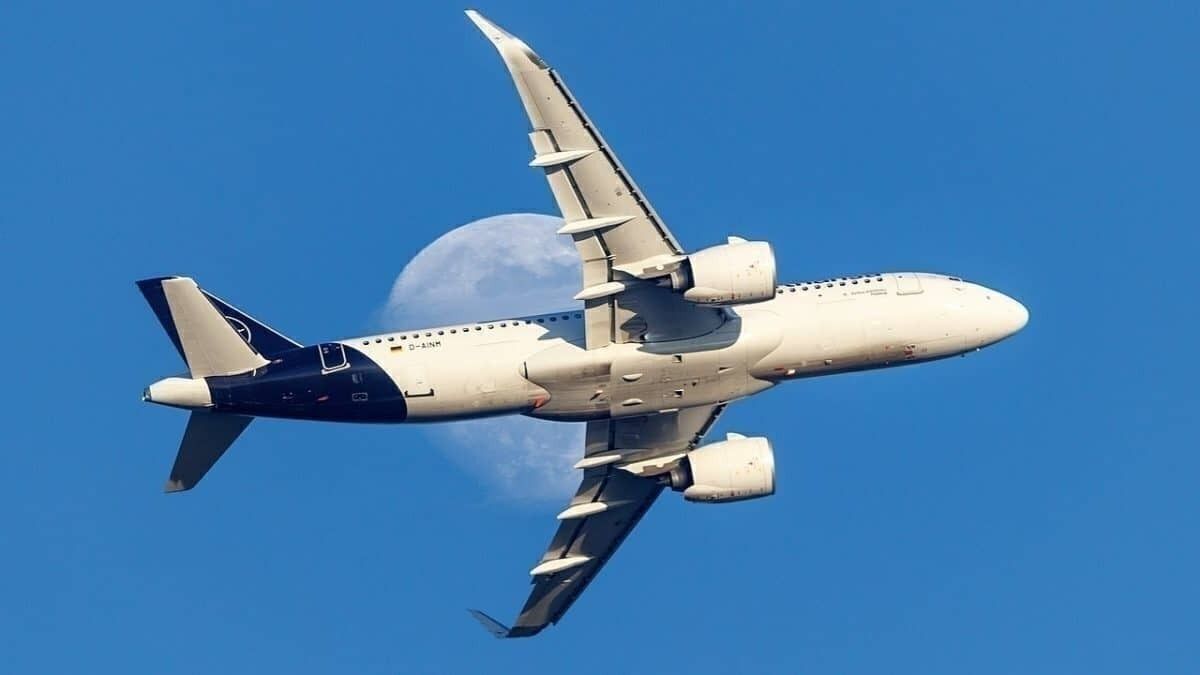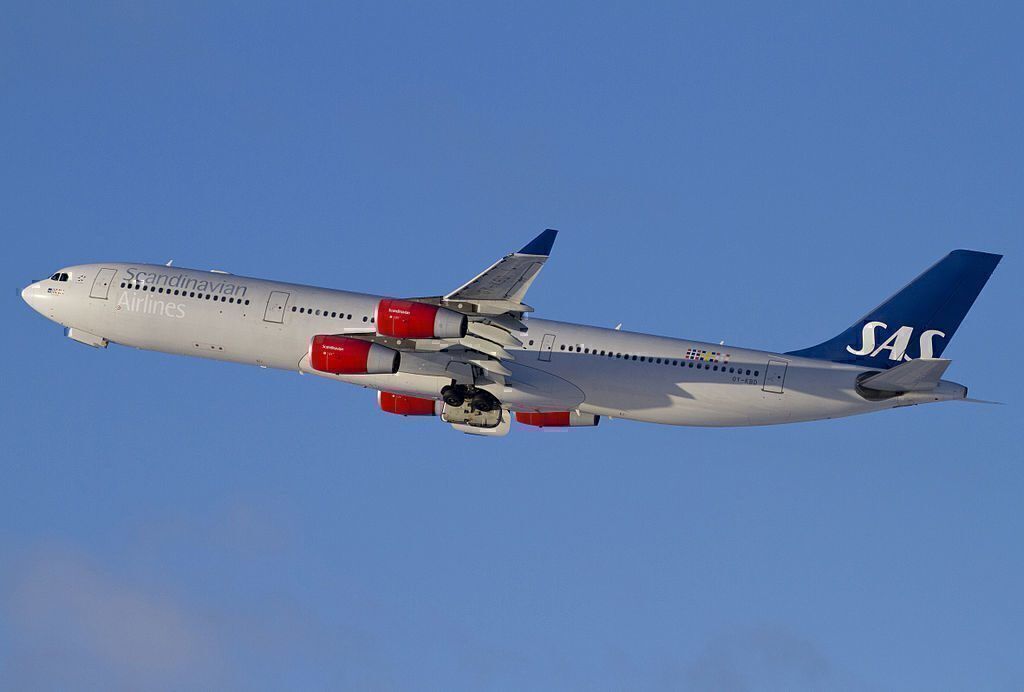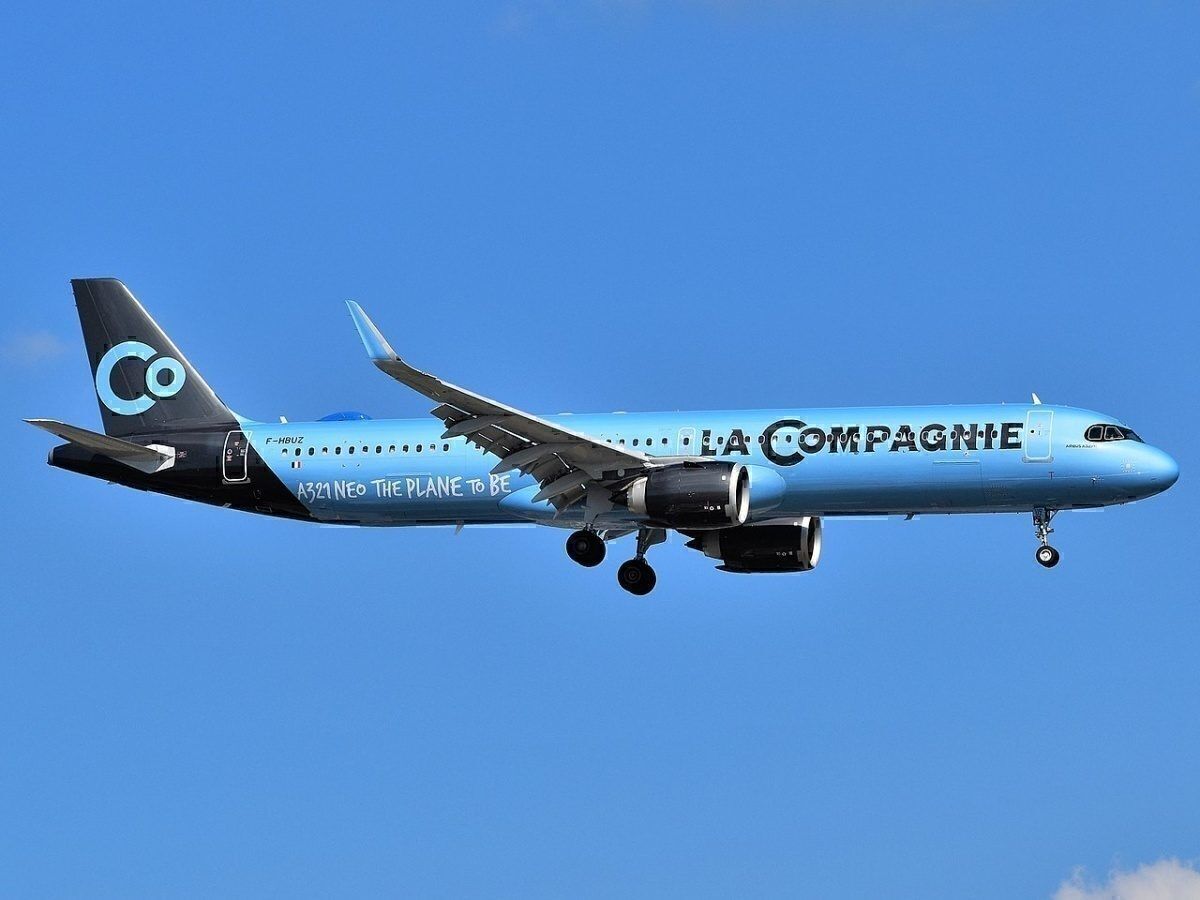By introducing the A320neo and A330neo, Airbus has been able to offer competitive and efficient aircraft based on previous designs. While Simple Flying has previously investigated the core differences between the revamped and original models, here we deep dive into the program. Specifically, we will investigate the history of the projects, and look at some of the non-engine changes between the versions.
History behind the neos
In the late 1970s, a consortium of European aircraft manufacturers started working on a successor to early medium-sized single-aisle aircraft. This project, headed by British, French, German, and Dutch, manufacturers, known as the Joint European Transport program (JET) would give rise to the A320 family.
After the introduction of the A320 with Air France in 1988, the A320 family became one of the most popular airliners in history. The new European jet, successfully competing Boeing 737 Classic, even led Boeing to develop the Next Generation series.
By 2006 however, Airbus started exploring optimization options for its best-selling, yet decades-old, design. Four years later, the company introduced the A320neo, or new engine option, which led to Boeing's introduction of the MAX program.
As for the A330, Airbus designed the air-frame as a larger, more efficient version of its existing A300 aircraft. The new plane, introduced in the 1990s, would utilize some of the core technologies of the A320 family. The A330, along with the A340, would soon compete with McDonnell Douglas and later Boeing in the long-range wide-body market.
Like the A320, the A330 saw significant success after its introduction in 1994. In 2004 however, Boeing introduced the 787 program, a highly efficient wide-body twinjet utilizing the most modern materials. While Airbus began working on the state of-the-art A350, demand from airlines pushed the manufacturer to offer an updated version of its most popular wide-body, the A330neo.
Beyond the engines – the A320neo
Apart from the efficiencies of the modern high-bypass ratio engines, the A320neo has other cost-saving and technological advances on offer.
On the maintenance side of things, the Pratt and Whitney PW1000G engines have fewer parts and higher specifications for limited-life-parts. Although subject to pricing, these factors can reduce the flight hour upkeep costs by an estimated 15% to 20%. For an airline group like Lufthansa with 149 neo aircraft on order, these savings are certainly not negligible.
Aside from both fuel and maintenance savings, the new engines also produce less noise and greenhouse gas emissions. Though a relatively uncommon practice, airports such as London Heathrow differentiates between the ceo and neo when calculating fees. Thanks to noise and pollution reductions, the A320neo is charged less per landing then the ceo. While these differences might be negligible on an per-flight basis, savings become apparent upon yearly comparison.
Beyond the engines – the A330neo
Because the A330ceo was built around a common wing to the A340, the A330ceo could never benefit from the most optimal aerodynamic configuration. With the introduction of the neo, Airbus had the opportunity to redesign the wing for optimal twin-jet operations. This aerodynamic change, in addition to the new Rolls Royce Trent 7000 engines, means that the neo is around 12% more fuel efficient compared to the previous iteration.
In terms of cabins, the neo also offers some efficiencies compared to the previous generation. Thanks to the introduction of the Airspace cabin and a redesign of the crew compartments, the neo can accommodate 10 more passengers than the ceo. While ten passengers might not seem like much in absolute terms, the spread of fixed costs combined with fuel efficiency and longer range may be consequential on the airline’s bottom line.
What the neo programs represent
Just as important as the operational efficiencies, the introduction of the neo programs have arguably given Airbus a competitive edge over Boeing. That is, successfully utilizing a decades old design as the base for an updated aircraft for the 21st century.
While Boeing has had significant success revamping the 737 over the decades, the most successful iterations, the Classic and Next Generation models, were designed in the late 20th century and used technologies from that time. The 737 MAX, while commercially popular, has faced numerous operational and design issues. As for the 777X, it has yet to be introduced into commercial service and hence, cannot be compared at this time.
The neo programs therefore represents a second life to Airbus’ most popular designs. A second life enabled through advancements in technology and yet, at a reasonable financial cost. This cost-benefit analysis, from a manufacturing perspective, is what makes the neo so important for Airbus.
Do you think Airbus will introduce a third revamp of its popular jets, or will the manufacturer focus on the A350 and a new design to replace the A320? Do you agree with our competitive assessment? Let us know in the comments.

